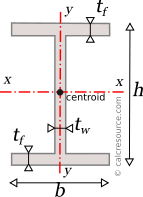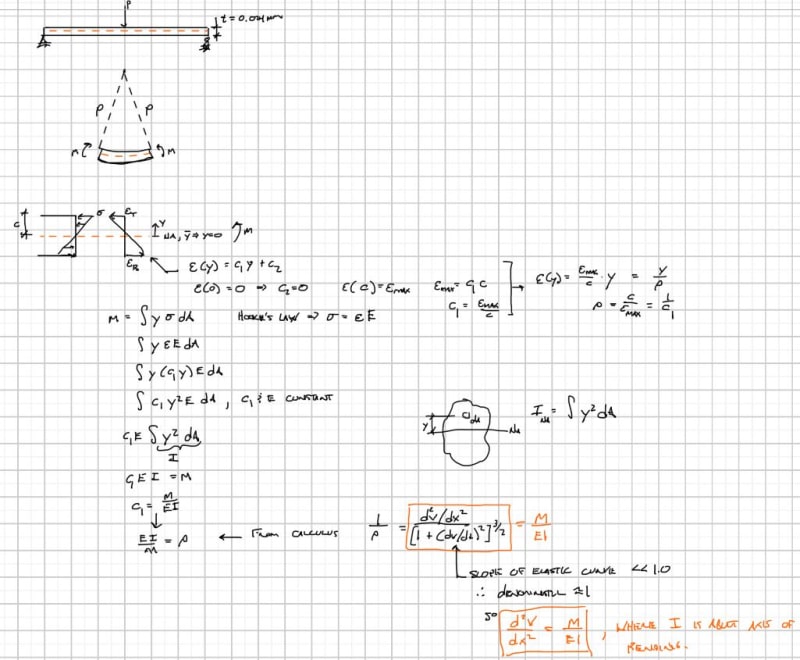sivasooriyan
Structural
Dear all,
I have to calculate maximum deflection in simple supported beam.
I don't know how to calculate moment of inertia for the attached section.
I have two option
one is
= (12x0.0124^3) / 12
other one is
= (0.124x12^3) / 12
Can anyone help me to resolve the same?
I have to calculate maximum deflection in simple supported beam.
I don't know how to calculate moment of inertia for the attached section.
I have two option
one is
= (12x0.0124^3) / 12
other one is
= (0.124x12^3) / 12
Can anyone help me to resolve the same?


